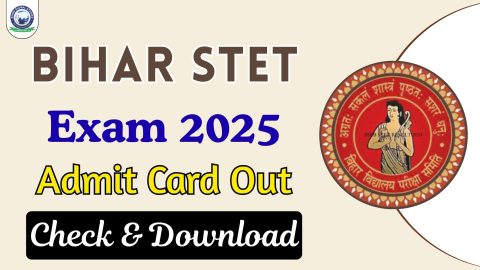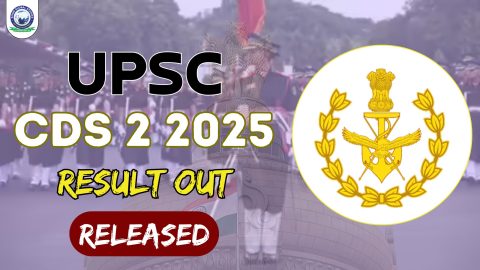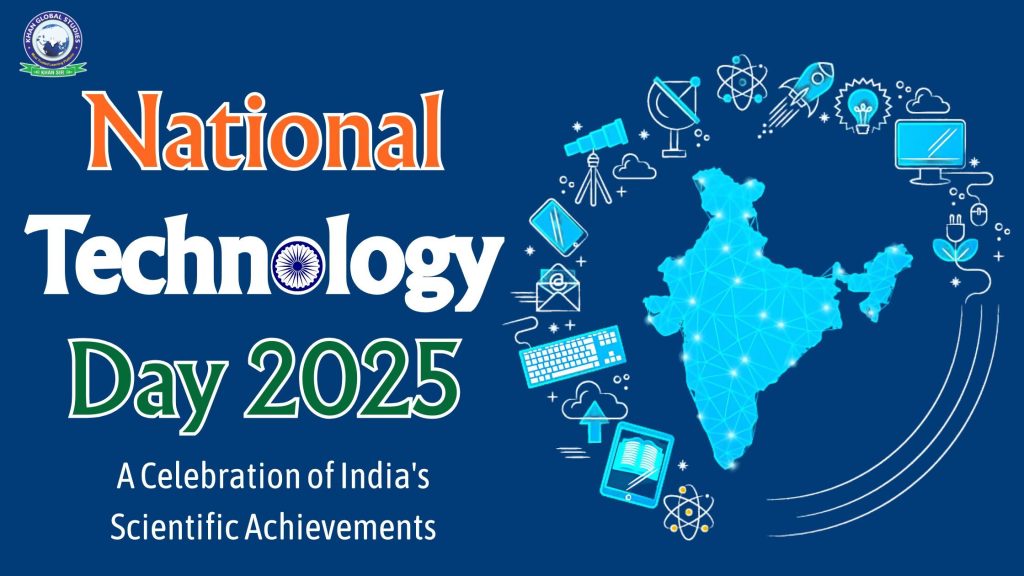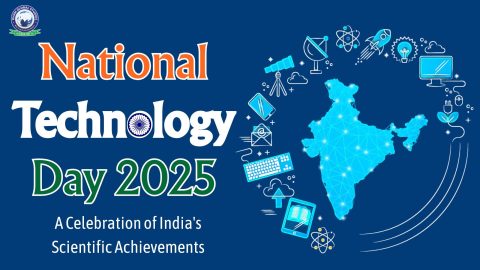National Technology Day is celebrated every year on May 11 to commemorate India’s scientific, technological, and strategic accomplishments. In 2025, this day holds special significance as it marks the historic success of the Pokhran nuclear tests (Operation Shakti), which established India as a nuclear-capable nation.
History and Significance
On May 11, 1998, India conducted three successful nuclear tests at Pokhran, Rajasthan, under the operation codenamed “Operation Shakti.” Two more tests followed on May 13. This historic achievement placed India among the few nations in the world with nuclear weapon capabilities.
Recognizing the importance of this day, then Prime Minister Atal Bihari Vajpayee declared May 11 as National Technology Day.
Major Scientific Achievements on May 11, 1998
- Pokhran Nuclear Tests (Operation Shakti)
- Hansa-3: The maiden flight of an indigenous light aircraft
- Trishul Missile: Successful test of a short-range surface-to-air missile
These achievements made the day a symbol of India’s scientific strength and self-reliance.
Purpose and Importance
National Technology Day is not just a celebration of scientific accomplishments, but also a tribute to the scientists, engineers, and researchers who contributed to making India a technologically capable nation.
- Key objectives include:
- Commemoration of Operation Shakti: Marking India’s historic advancement in strategic defense
- Honoring Scientific Excellence: Highlighting the role of scientists and technical experts
- Promotion of Indigenous Innovation: Appreciating India-made technologies and equipment
- Inspiring the Youth: Motivating future generations toward science and technology
Operation Shakti: Display of India’s Strategic Capability
The five nuclear tests conducted on May 11 and 13, 1998, at Pokhran showcased India’s strategic strength on a global platform. These included one thermonuclear device and four fission devices. The tests were carried out with extreme secrecy to avoid international surveillance.
- Key Scientists Involved:
- Dr. A.P.J. Abdul Kalam – Then Scientific Advisor to the Prime Minister and Head of DRDO
- Dr. R. Chidambaram – Chairman of the Atomic Energy Commission
These scientists, along with the Indian Army, led the operation to success.
Major Scientific Achievements
- Hansa-3: A lightweight trainer aircraft developed by the National Aerospace Laboratories (NAL)
- Trishul Missile: A short-range missile developed by DRDO, part of India’s integrated missile development program
Global Impact and Strategic Policies
Although India faced sanctions from countries like the United States and Japan following the tests, the nation reinforced its commitment to peace through the adoption of the “No First Use” nuclear policy. This move underlined India’s strategic autonomy and responsible approach to nuclear power.
Conclusion
National Technology Day is a symbol of India’s scientific courage, innovation, and strategic vision. It reminds us that India, even in challenging circumstances, can achieve self-reliance and technological excellence. The 2025 observance of National Technology Day is not only a tribute to our proud past but also an inspiration for future generations to explore new frontiers in science and technology.





